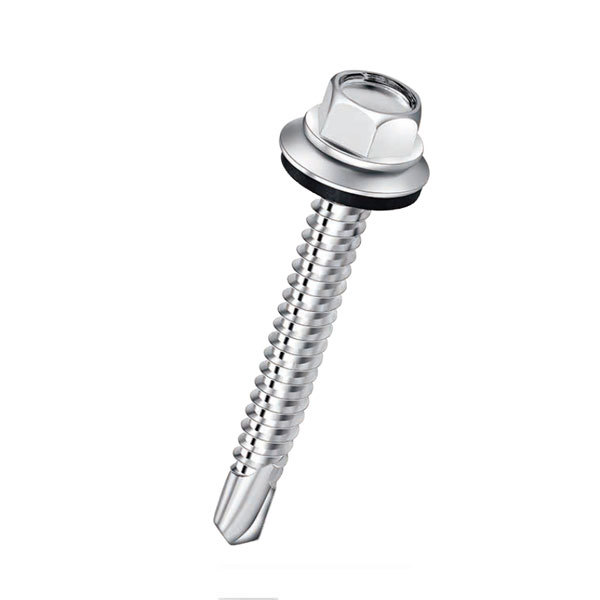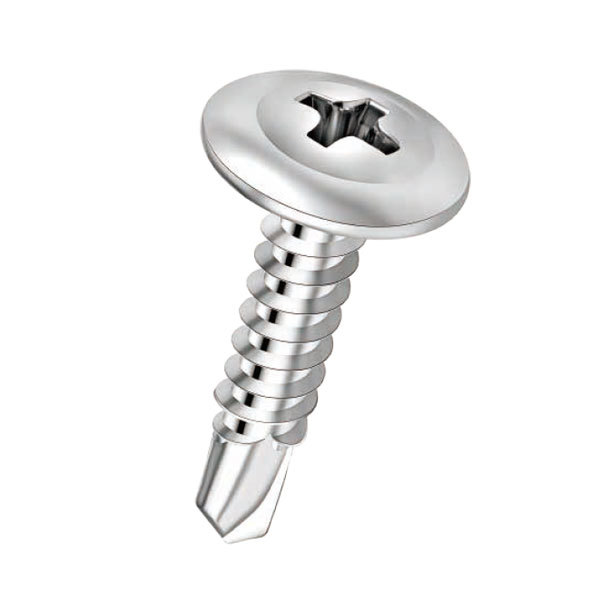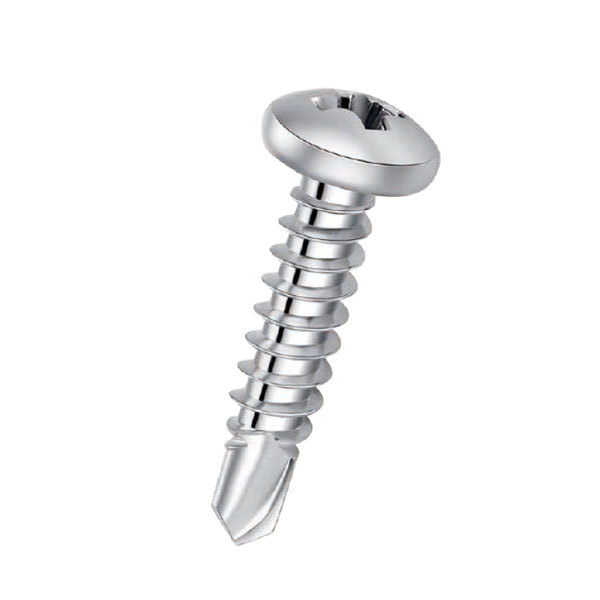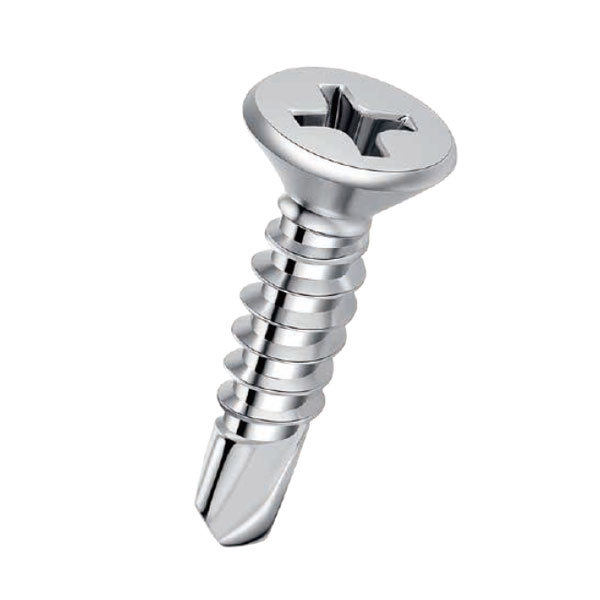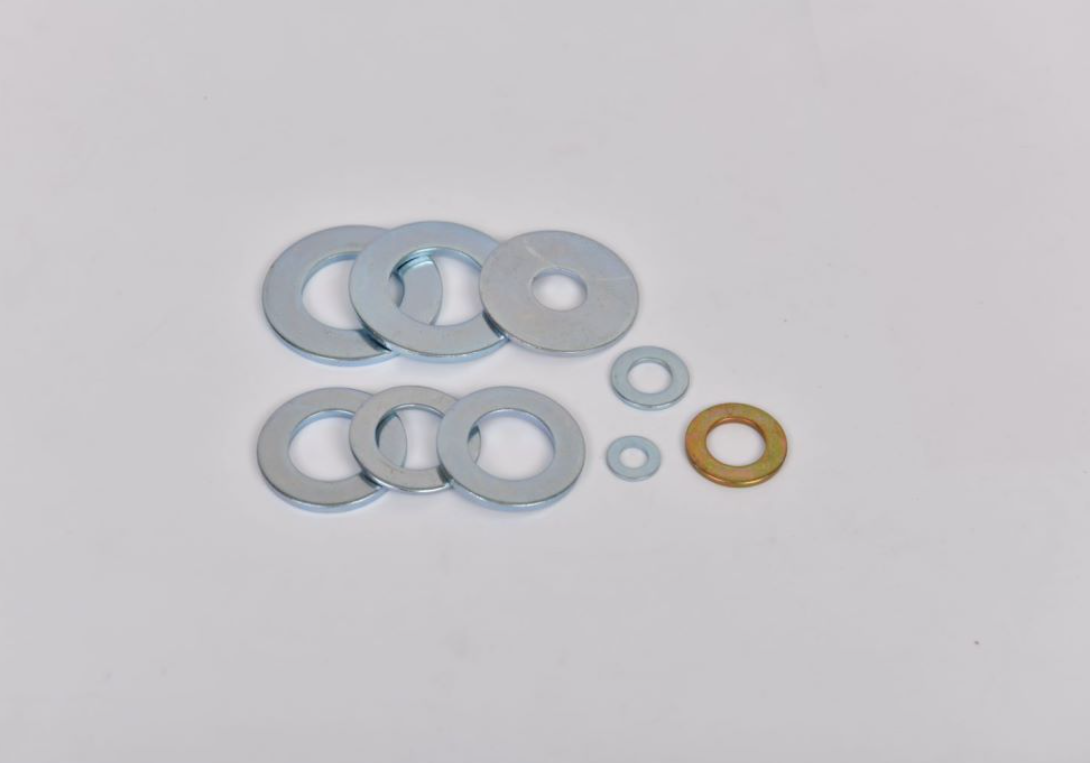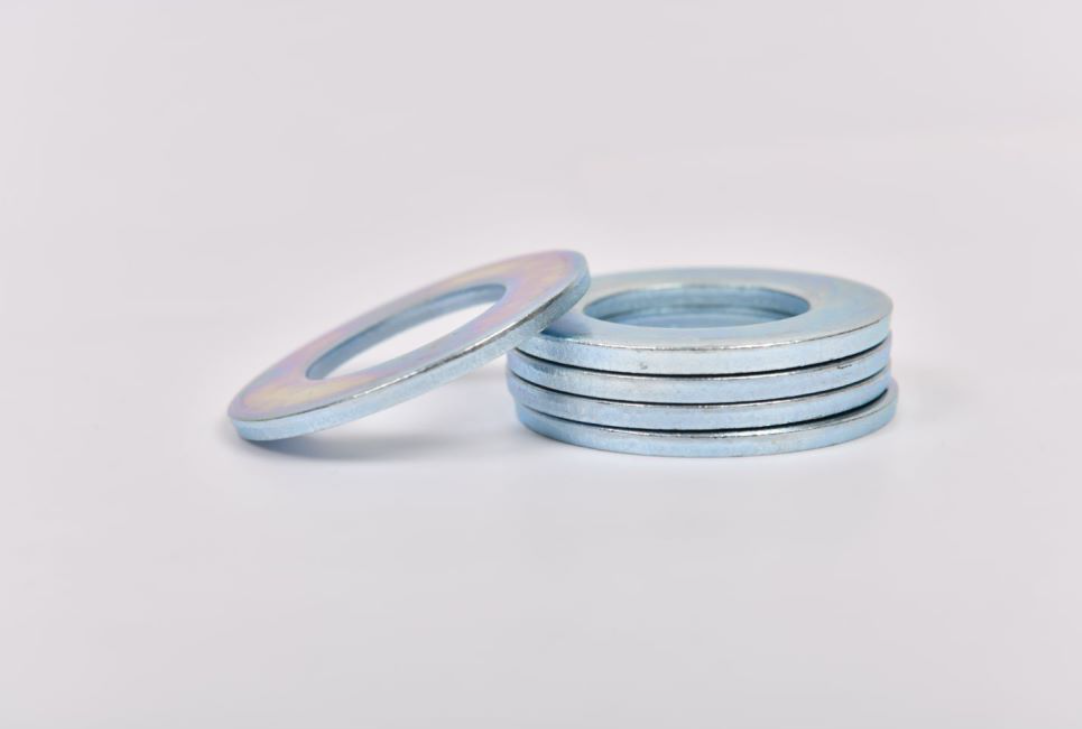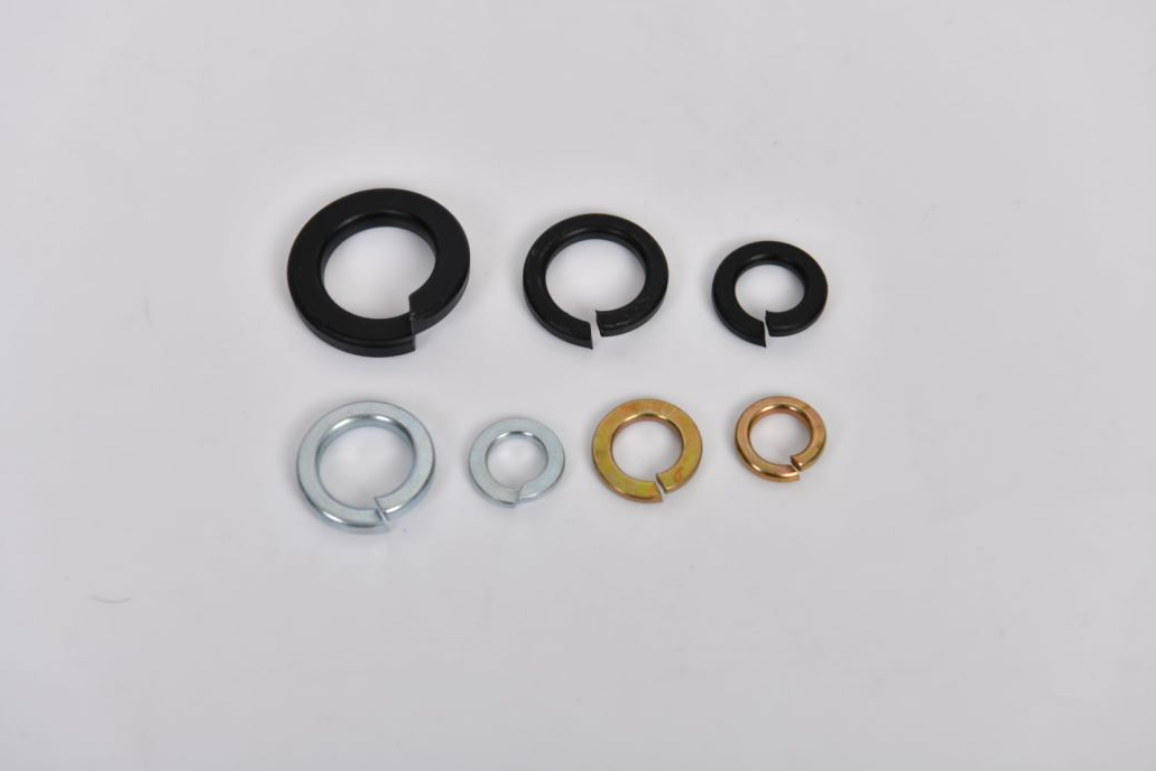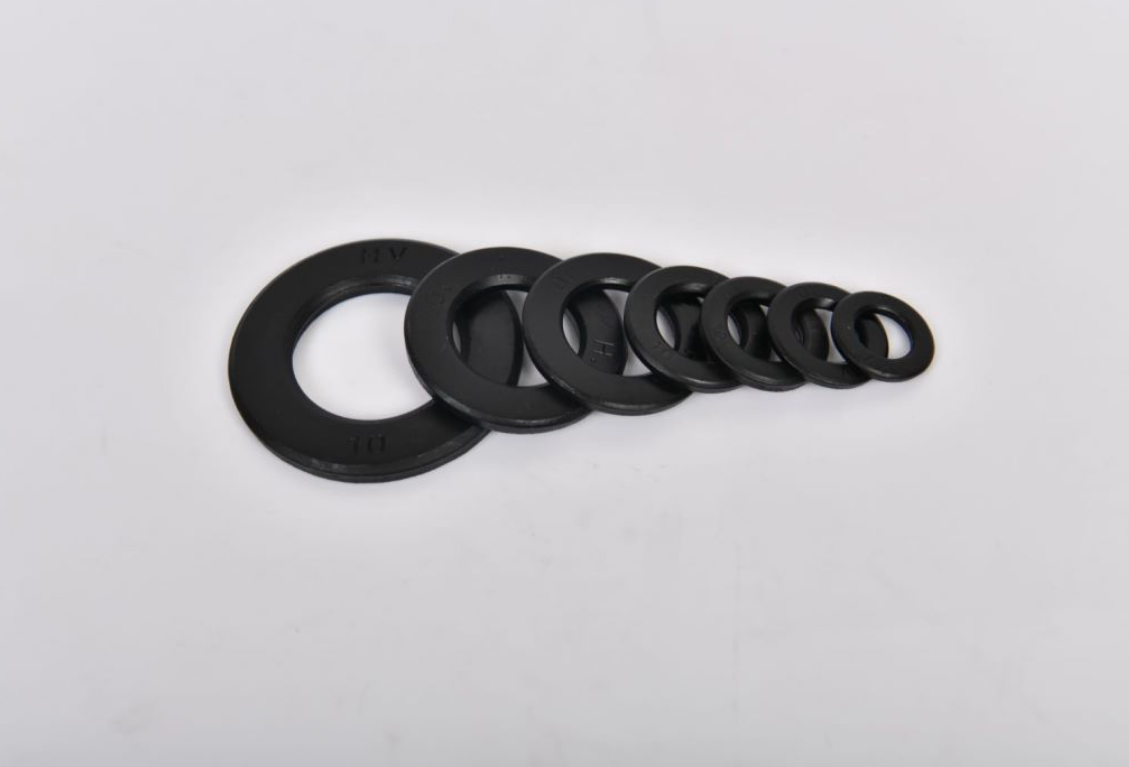custom thrust washer vs flat washer
Custom Thrust Washer vs. Flat Washer Understanding the Differences
When it comes to mechanical components, washers play a crucial role in ensuring the efficiency and longevity of various machinery. Among the various types of washers available, custom thrust washers and flat washers are two prevalent options. Understanding the differences between these two types can help engineers and manufacturers make informed decisions based on their specific applications.
What is a Flat Washer?
A flat washer is a disc-shaped piece of material, typically made from metal, plastic, or rubber, that is used to distribute load and reduce surface friction between the fastener and the surface it is being applied to. Flat washers serve multiple purposes they prevent damage to the surface from the tightening of bolts and screws, they assist in load distribution, and they can help to reduce wear and corrosion. Flat washers are widely available in standardized sizes and materials, making them a go-to choice for many general applications.
What is a Custom Thrust Washer?
Custom thrust washers, on the other hand, are specifically designed for applications that require the transmission of axial loads while minimizing friction and wear between rotating components. Unlike flat washers, they have a more complex shape, often featuring a cylindrical or shaped design that allows them to fit between components in a way that efficiently supports axial load and motion. Custom thrust washers can be produced in various sizes and materials, tailored to meet the distinct needs of specific applications such as automotive, aerospace, or heavy machinery.
custom thrust washer vs flat washer
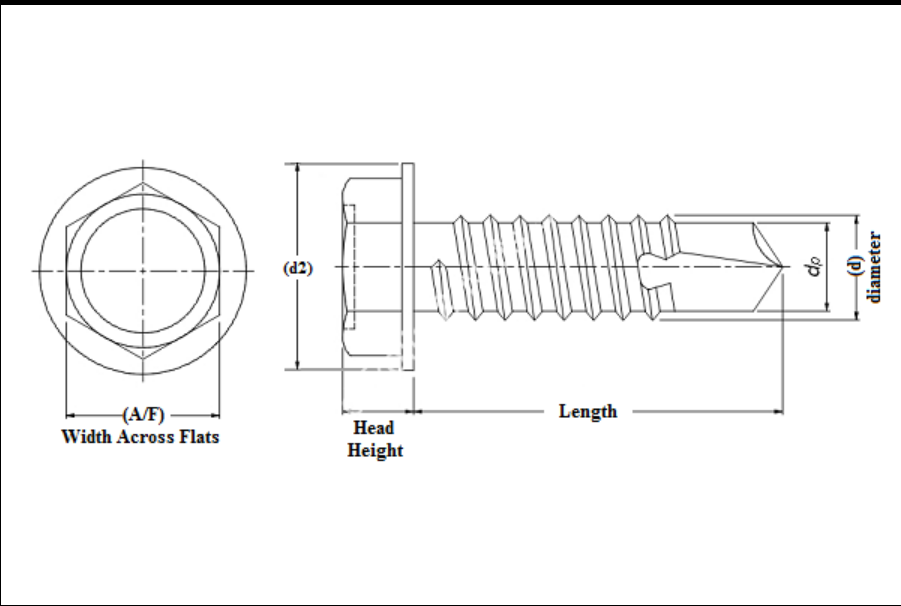
Key Differences
One of the main differences between custom thrust washers and flat washers lies in their design and purpose. While flat washers are primarily used for load distribution and surface protection, custom thrust washers are designed specifically for axial load application. This means that thrust washers often require higher precision in their manufacturing, as they must fit perfectly within the assembly to function correctly.
Moreover, the materials used can differ significantly. Flat washers tend to be made from easily available materials like steel or plastic, while custom thrust washers may be constructed from specialized materials that can withstand high pressures and temperatures, such as bronze or composite materials, to accommodate the specific needs of the application.
Conclusion
Choosing between a custom thrust washer and a flat washer ultimately depends on the application at hand. If you need to manage axial loads with precision and durability, custom thrust washers are the best option. Conversely, for general load distribution tasks, flat washers could suffice. Understanding the unique attributes and applications of each type will allow engineers and manufacturers to optimize their designs and enhance the performance of their products. Thus, careful selection between these two types of washers is key to achieving operational efficiency and longevity.
-
Top Choices for Plasterboard FixingNewsDec.26,2024
-
The Versatility of Specialty WashersNewsDec.26,2024
-
Secure Your ProjectsNewsDec.26,2024
-
Essential Screws for Chipboard Flooring ProjectsNewsDec.26,2024
-
Choosing the Right Drywall ScrewsNewsDec.26,2024
-
Black Phosphate Screws for Superior PerformanceNewsDec.26,2024
-
The Versatile Choice of Nylon Flat Washers for Your NeedsNewsDec.18,2024



